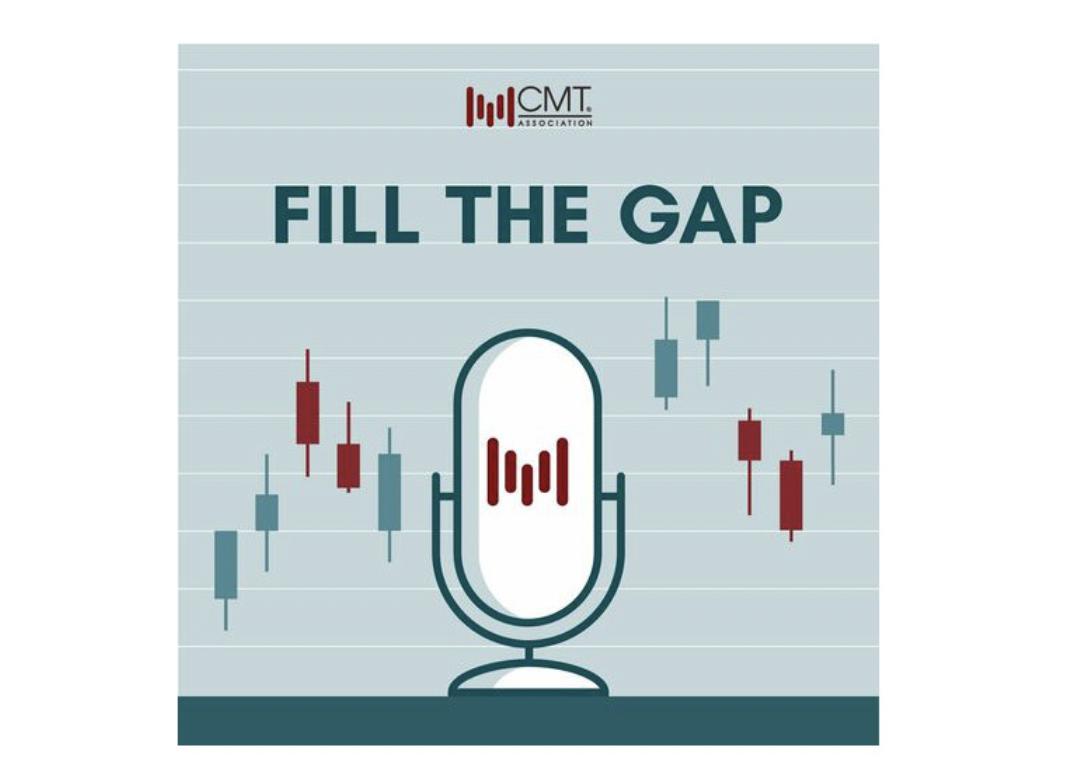Primer: A Deposit’s Life

Primer: A Deposit’s Life
This post illustrates how banks deposits can be created, transformed, and destroyed. Banks deposits are the numbers in one’s bank account and the most common form of money. They are just digits in a bank’s database that are created when a bank makes a loan or buys an asset, and erased when a loan is repaid or when a bank sells an asset. They can also be transformed into other bank liability types when a bank borrows from investors. Bank deposits can also indirectly be created or destroyed through changes in a central bank’s balance sheet, such as RRP participation and quantitative easing. It is very difficult to draw economic conclusions from changes in deposit levels because the changes have many potential drivers.
[Note: T-Accounts for all transactions are shown in the Appendix II below]
From the Beginning
Bank deposits are created when a bank makes a loan or purchases a security. Rather than “lend out” deposits, a bank simply types digits in its database to add numbers to a borrower’s bank account. This can be seen from how closely deposit growth tracks loan growth, though it is not a perfect relationship as a bank can also fund its assets with other liability types. A bank’s ability to create money is heavily regulated and constrained by concerns such as profitability, liquidity, and capital costs.

Analyzing deposit growth became much more nuanced with the greater market footprint of the Fed, who can indirectly create bank deposits. The Fed operates a two tiered monetary system, where banks hold deposits at the Fed and non-banks hold deposits at banks. When the Fed purchases an asset from a non-bank investor, it creates a deposit in the investor’s bank’s account at the Fed. The bank in turn adds deposits to the investor’s account at the bank. This transaction increases the amounts banks have on deposit at the Fed, but also increases the amounts non-banks have on deposit at banks.

To the End
Bank deposits can be destroyed by reversing the processes described above, or when they are transformed into another bank liability. Someone who repays a bank loan or buys an asset from a bank destroys their bank deposits. The bank deletes the asset on their balance sheet, as well as the deposits liabilities used for payment. Similarly, a bank who issues debt is essentially asking someone to exchange bank deposits for bank debt. The liability composition of the banking system changes to fewer deposits and more debt.

Bank deposits can also be destroyed through a reduction in the size or change in the composition of the Fed’s balance sheet. When the Fed shrinks its balance sheet with QT it is a reducing the amount of cash banks hold on deposit at the Fed. The decline is bank assets is usually matched with decline in bank deposit liabilities. The most common path for this mechanism is Treasury issuing new Treasuries to repay the Fed, and non-bank investors purchasing those Treasuries using their bank deposits.

The level of bank deposits can also fluctuate with changes in the composition of the Fed’s balance sheet. For example, non-bank investors can lend to the Fed via the RRP facility. This destroys their deposits in exchange for a RRP loan asset. Tax payments can also decrease deposit levels as as deposits are sent to the Treasury’s account at the Fed, which is outside of the banking system. These fluctuations are beyond the control of the Fed and can sometimes be significant.
Money is Complicated
The use of deposit aggregates in economic analysis was not useful in the 1980s, and has become even less useful in an era large central bank balance sheets. Changes in deposit levels may merely reflect the implementation of monetary policy, changes in RRP participation, or the cash management choices of Treasury. Furthermore, a focus on deposit aggregates obscures the increasingly important impact of money like assets like Treasury securities.
The $500b monthly decline in bank deposits in March 2023 is a good illustration of the difficulties in interpreting deposit declines. The decline corresponded with a steep drop to bank security holdings, a mild drop in bank loans, on-going Fed quantitative tightening, an increase in RRP participation, a decline in the Treasury’s account, and significant increases in money market fund assets. The interplay of all these mechanics make it very difficult to infer causality, and draw broader economic conclusions.
[Note: Deposits that moved into money market funds often make their way right back into the banking sector. See Appendix I].
Appendix I: Flows into MMF Don’t Necessarily Reduce Deposits


Appendix II: T-Accounts For Deposit Creation, Transformation, and Destruction



20230411










